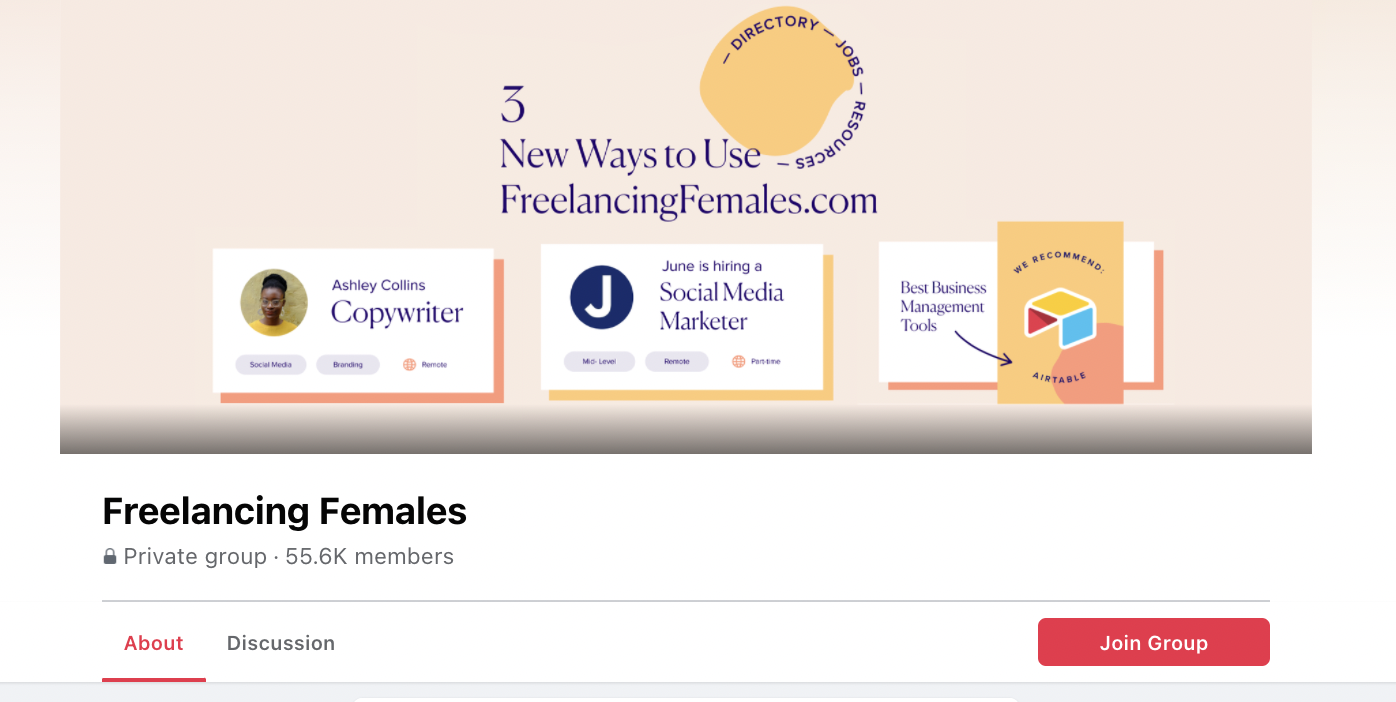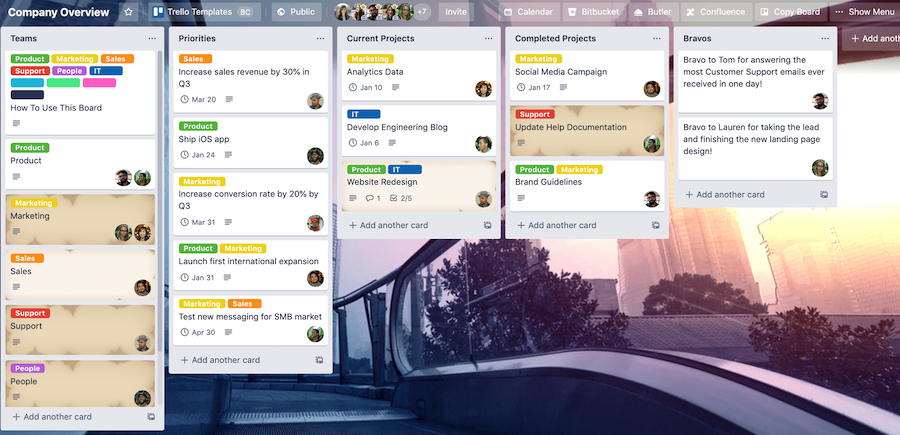Resources
How Freelance Writers & Designers Can Form a Creative Partnership
By Margie Zable Fisher June 9th, 2021You never know who you’ll meet while chatting up friendly faces at the gym, coffee shop, or grocery store. That girl you always see on the elliptical might turn out to be a great new friend—or even your perfect creative complement.
That’s what exactly happened to B2B tech writer Scott Stransky and graphic designer Meghan Crowley. “Meghan and I met in a fitness class and struck up a friendship that turned to a professional relationship later on,” Stransky said. The pair regularly collaborates on e-books, whitepapers, infographics, and case studies.
Finding the Robin to your Batman doesn’t often happen by chance, especially for people who are used to working alone. But as a creative freelancer, certain projects may require the talents of more than one person. These types of deliverables often need the skill sets of both writers and graphic designers. In these cases, a dynamic duo can tackle the job.
But as with best friends and life partners, it’s hard to find the right one. Here’s some advice on starting a creative partnership and making it last.
Prior work with “the one”
Emily Christenson, a graphic designer and creative director, met Kelly Champagne, a marketer and writer, when Champagne was hired as a part-time communications manager at Christenson’s church.
“I started working on a few projects here and there with her at church, and when she launched her own company, she asked me to do design work,” Christenson said. Now, they work together on social media graphics, newsletters, and more extensive projects like websites and annual reports.
Sometimes a client introduces you to a potential creative soulmate. Kerri Keith-Spitaleri had been doing graphic design work for a client for 12 years when that company brought Treasa Edmond, a freelance writer and editor, in to start working with her. Eight years later, the two still team up on many of their own projects.
“We’ve created magazines for nonprofits and annual reports for companies from scratch, where Kerri creates the layout and design and I do the writing,” Edmond said. They’ve also collaborated on blog posts, articles, infographics, and nonprofit appeal letters and emails.
If you think back to past projects you’ve worked on, you’ll probably remember a few people you would love to partner with again. Maybe you were an agency copywriter in a previous life, and that amazing art director you paired up with years ago has since gone freelance. Or maybe an editor you once designed for at a media outlet is now the content director for a growing B2B company. Either way, it’s worth looking them up on LinkedIn.
Search your social media scene
Throughout the course of daily social media scrolling and posting, you likely come across other people in similar fields. Sometimes, a simple comment can create an immediate sense of connection.
In my experience, online communities that attract a variety of complementary business members are great places to look for a creative partnership. For example, I observe interactions between potential creative duos in the Freelancing Females and Women Helping Women Entrepreneurs Facebook groups almost every day.

If you’re still stumped about where to find a writer or designer to team up with, ask around for a referral. (This may be as simple as posting in an alumni group on LinkedIn or starting a Twitter thread.) You could also go the old-fashioned route and ask a trusted fiend for recommendations.
“I work with a small circle of designers I’ve cultivated over the years, most of whom I’ve met through networking and referrals from friends,” Stransky said.
What a successful creative partnership looks like
While you want to make sure you find someone who has the technical skills to help you with a project, there are other important things to look for in a potential creative partner, too. Here are just a few:
- Reliability and trust: This is a must when working with another creative. “I absolutely need to be able to trust a designer to deliver near client-ready work in just one or two internal drafts so we can hit deadlines,” Stransky said.
- Likability: Life is too short to work with people you don’t like, especially in a creative partnership. Edmond summed it up this way: “I will not collaborate with someone I think is a jerk.”
- Honesty: Sometimes, constructive criticism is necessary. Both of you need to feel comfortable giving feedback—and accepting it with grace. “I let Kelly know if I don’t think the text is quite right, and she tells me her thoughts about the designs I create,” Christenson said.
How to work together
When establishing your workflow with a creative partner, keep in mind that not everyone uses the same technology. Make sure you’re both comfortable with the platforms you’re using to communicate and keep track of projects. Some duos like Edmond and Keith-Spitaleri are fine using itemized emails, texts, and phone calls for changes to their work. Others rely on a variety of tools.
“When we work together, every client has a Trello board, and every job has a card,” Christenson said. “Kelly puts the text and details for each job on the card. When I finish a deliverable, I put the file into our shared Google Drive. We use Slack to send messages to each other.”

Another good rule of thumb is to figure out how you’ll split project fees. If each person has their own business, keeping finances separate is often for the best.
Finally, getting to know one another on a personal level may end up improving your working relationship. If you’ve only met virtually, try to meet in person at least once. After years of working together online, Edmond finally flew to California to meet Keith-Spitaleri in person.
“It really cemented our relationship,” Edmond said. “We got to know more about each other as humans, not just working partners.”
Image by runeer